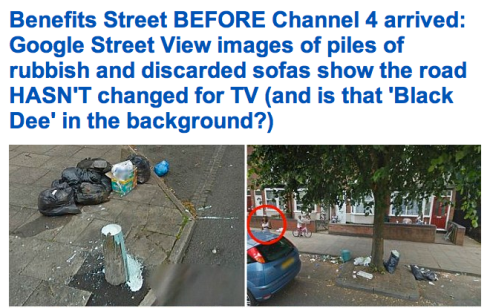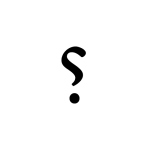Lots of EMPHASIS on Mail Online these days:
I found all these on just ONE visit to the site the week before last. And there were more:
Of all the things broadsheet subs envy about their tabloid colleagues – the puns, the gossip columns, the chutzpah – the chance to use emphasis in headlines is the surely the biggest. All writers sometimes miss the emphasis of the spoken word: at times, it seems almost impossible to convey the Tribune newsroom’s sense of excitement without it. If only you could run a broadsheet like a tabloid: English National Opera RUDDERLESS. Quantitative easing TAPERED. Hungarian wheat production STABLE.
And its usefulness goes beyond mere enthusiasm. The Mail specialises in emphasis-as-editorialising: it almost never explicitly fulminates in the furniture or even the copy about the latest outrage against common sense and British decency: it simply hits caps lock for the crucial word and let the readers’ ire do the rest. That way, the facts of the news stories function as the commentary for a right-thinking audience:
But the most useful attribute of headline emphasis is also the most assertive one. Subs constantly worry about how much an intended reader can be assumed to know about the subject of a piece. Writers and editors instinctively understand, for example, that a business story in the business section can be more technical than one on the front page. But exactly how much? When is it safe to stop explaining what “quantitative easing” is, or at least take it out of quotes? After months of stories, the audience’s familiarity with the subject grows and the glosses can be reduced to well-practised little phrases (“the central banks’ scheme to, in effect, print new money”), but a judgment has to be made every time.
Not on a tabloid. On a tabloid, you can confidently expect people to have been paying attention, and assert a familiarity with a core news agenda that no broadsheet would ever dare to assume. This makes headlines on second-cycle or old-favourite stories so much easier to write:
Which foam finger? You already know which one: or you should. What tattoo? You know, that one. What do you mean, you haven’t seen it? Keep up.
Making the reader feel responsible for their deficiencies in awareness is an audacious thing for a news organisation to do. Even if you have been running stories on the subject for weeks, it still flirts with rudeness and exclusion. But it works for tabloids because, more broadly, the narrative they seek to establish is one of a consensual, common-sense, right-of-centre majority: all in it together, all of one mind. Broadsheets, with their plurality of commentators, their factboxes on Alawite separatism and their readers’ editors, are far less confident about the truth. Both broadsheets and tabloids attempt to set a news agenda: but only tabloids ever assume they’ve succeeded.


















